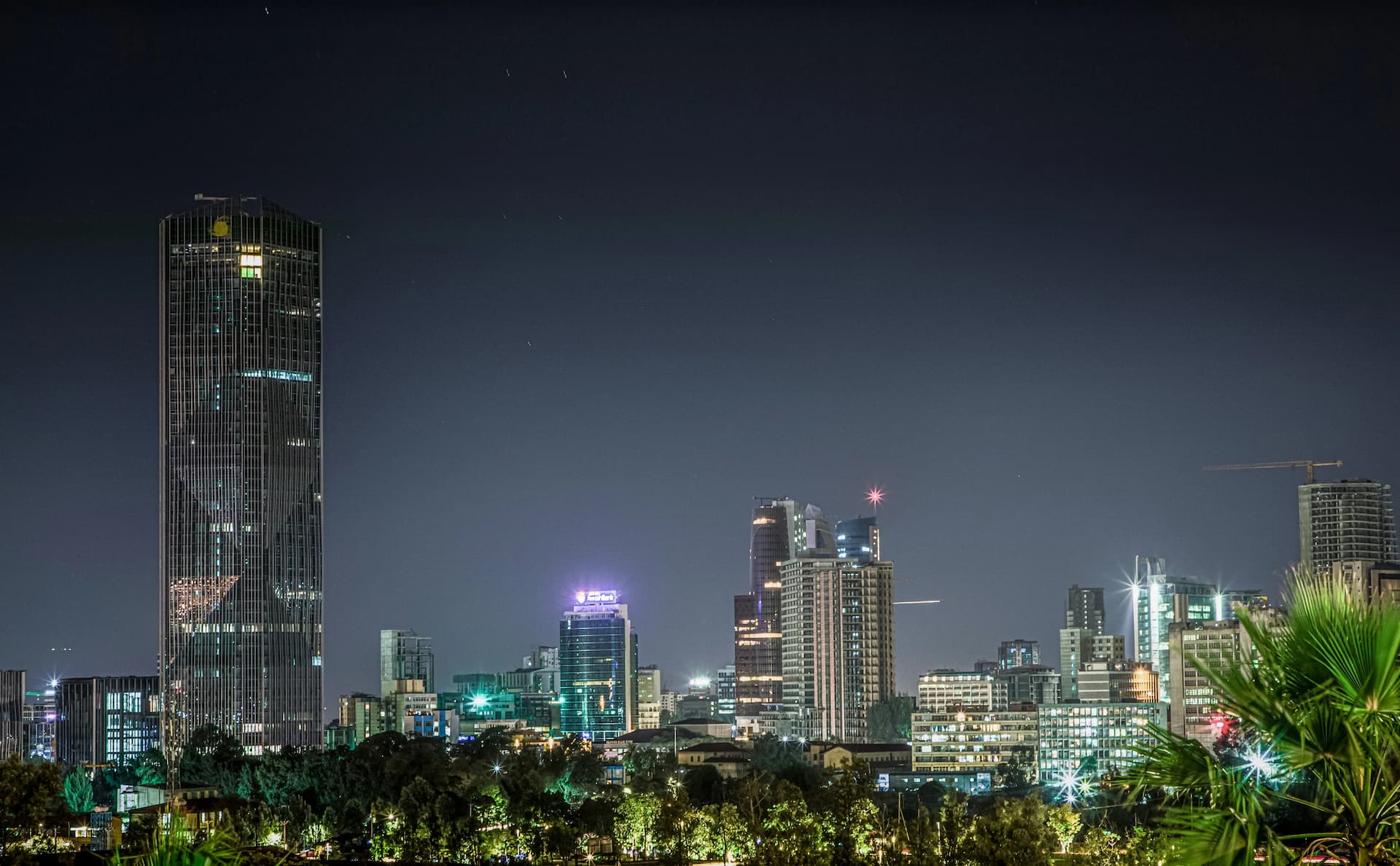Progress for 0 ad
Progress for 1 ad
Progress for 2 ad
Progress for 3 ad


Eyasu Theodros
Addis Ababa, Ethiopia

Ethiopia’s private banking system wasn’t built by investment bankers. It was built by trust. Friends, diaspora contributors, business leaders, and community networks came together to seed capital not just to make a profit, but to make a difference. These banks were social institutions first, financial institutions second. And in a country long underserved by formal finance, they became vital pillars of resilience and access.
That origin story is not just important, it’s admirable. But now, the system is facing a new chapter. And the next chapter demands more than legacy. It demands structure.
The Pressure Has Arrived
A 5 billion-birr minimum capital requirement looms, with a regulatory timeline that doesn’t pause for indecision. Ethiopia’s financial system is opening to foreign competition, and expectations from regulators, depositors, and donors are rising. The result is a wave of “merger talk” across boardrooms. Yet for most of Ethiopia’s 30 private commercial banks, these conversations stall, not due to math, but to mindset.
Most Ethiopian banks were designed to reflect trust within founding circles, not joint institutional control. Merging means rebalancing power, redefining legacy roles, and most critically, building a shared vision between institutions that weren’t designed to share one.
In 2019, two mid-sized U.S. banks, BB&T in North Carolina and SunTrust in Georgia, merged to form Truist Financial Corporation, now among the top ten largest banks in America. They didn’t merge because they were failing, nor because regulators forced them, but because they saw that scale, technology, and competition demanded a bigger, better model. Both had strong reputations, loyal clients, and profitable operations. Yet they recognized that, in the digital age, regional giants like JPMorgan and Bank of America were squeezing smaller institutions. Competing alone would eventually limit their future.
What made Truist distinct was the deliberate equality between partners. Leadership roles and board seats were shared. Neither name absorbed the other; a neutral new brand was created. The goal wasn’t just cost savings, but a modern platform to serve clients better, especially with digital tools and multi-state operations. The merger was voluntary, strategic, and forward-looking, a reimagining rather than a rescue.
Having worked at SunTrust years before the merger, I saw firsthand the governance culture and long-term thinking that later made a merger of equals possible. It’s the same logic that Ethiopia’s banks can embrace if they act before the pressure becomes irreversible.
Toward a Dignified Merger Culture
The BB&T–SunTrust deal was the largest U.S. bank merger in over a decade and the first major “merger of equals” since the 2008 financial crisis. While most post-crisis mergers were rescues, Truist showed that two healthy banks could unite without losing dignity.
Ethiopia’s banks now face a similar decision point. The 5-billion-birr capital threshold is more than a rule; it’s a fork in the road. Some banks may scrape by, others will not, and mergers are fast becoming the only viable path to meet requirements while staying locally owned. The manner in which these mergers happen, with dignity or desperation, will define the financial sector’s next decade.
Foreign capital or diaspora deposits alone will not close the gap. Private equity demands governance and clear exits. Diaspora savers expect transparency and compliance. Donors look for concrete merger plans, not aspirational rhetoric. Capital follows structure, not sentiment.
Ethiopia doesn’t need to copy the West, but it can learn from what works. Truist’s example shows that proactive, equal mergers can preserve legacy while building the scale and digital capabilities needed for the future. This is not a call to erase Ethiopia’s banking heritage. Social capital has built something rare and powerful. Now, the structure must scale that trust.
It’s time to move from “my bank” to “our institution.” From survival to strategy. From personality-driven boards to performance-driven governance. Because what social capital began, only structural discipline can now complete.
👏
😂
❤️
😲
😠

Eyasu Theodros
Eyasu Theodros is a U.S.-licensed financial advisor serving global diaspora clients. He provides investment and retirement guidance to professionals across the U.S. and advises financial institutions on diaspora behavior, trust dynamics, and inclusive financial system design.
Your Email Address Will Not Be Published. Required Fields Are Marked *